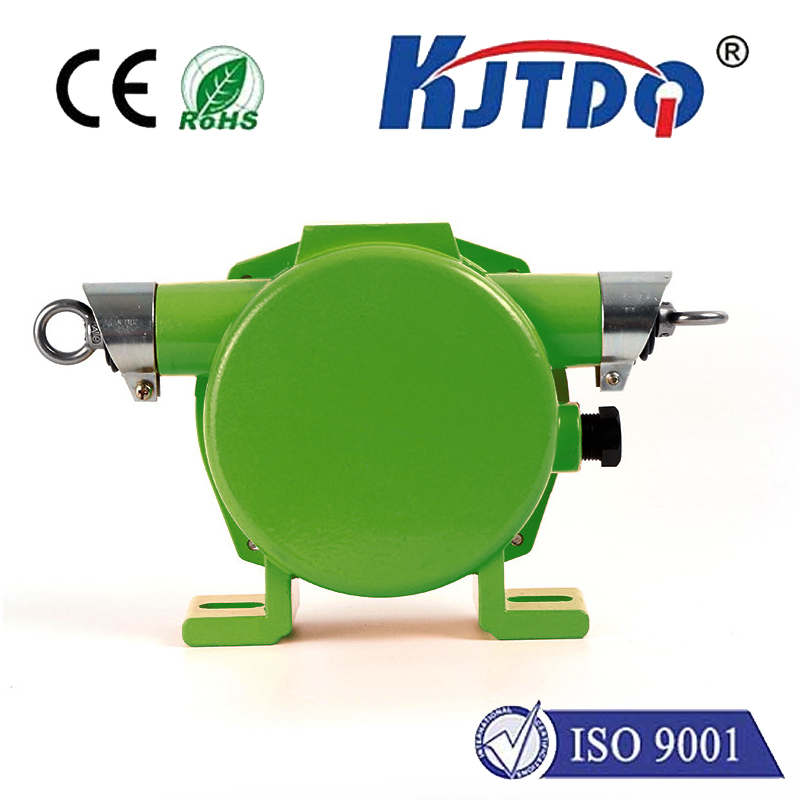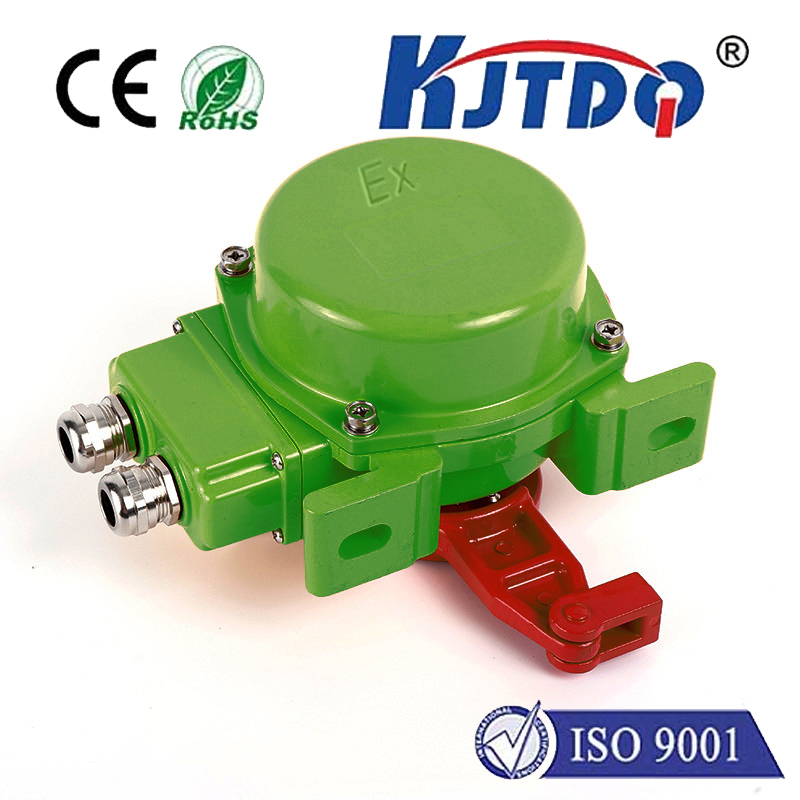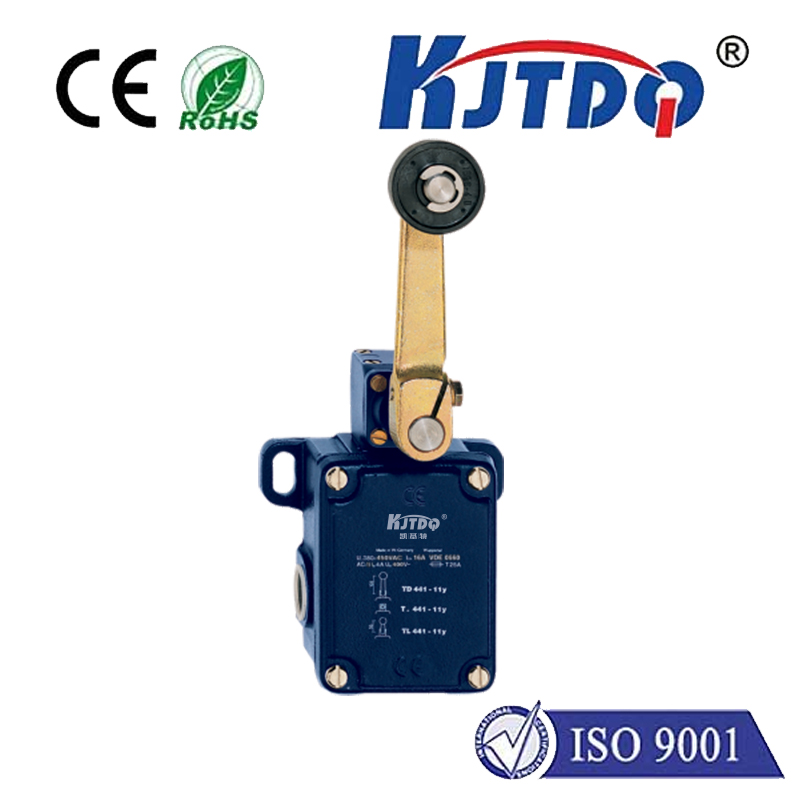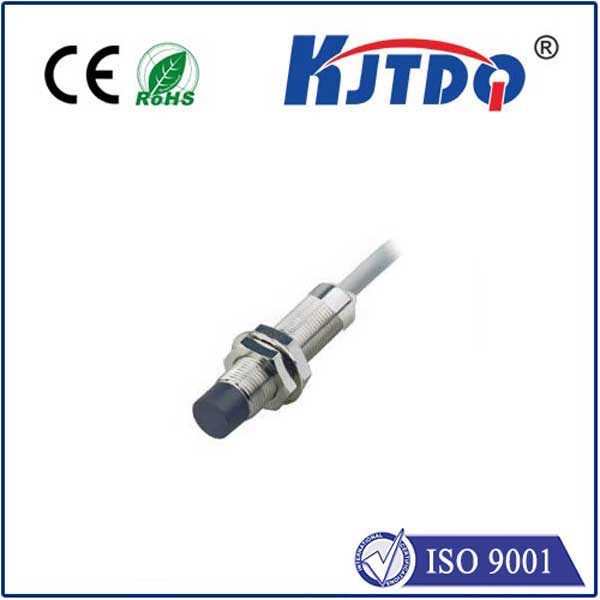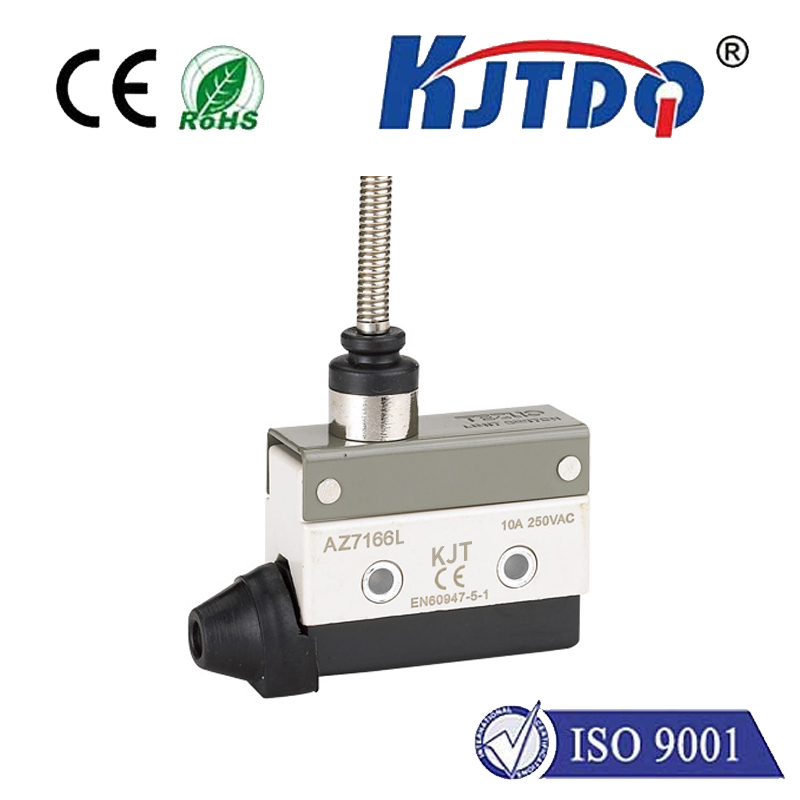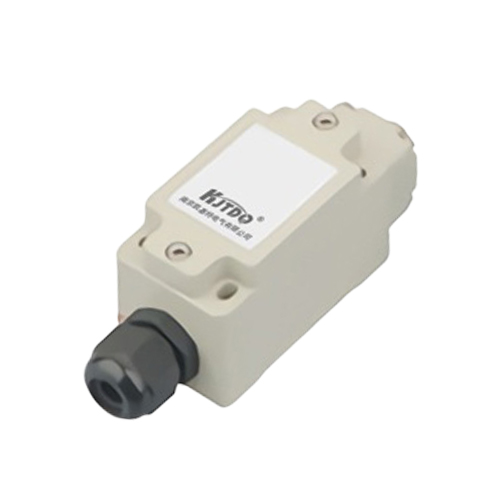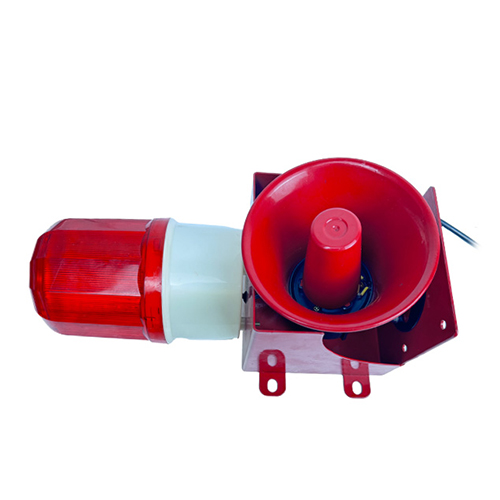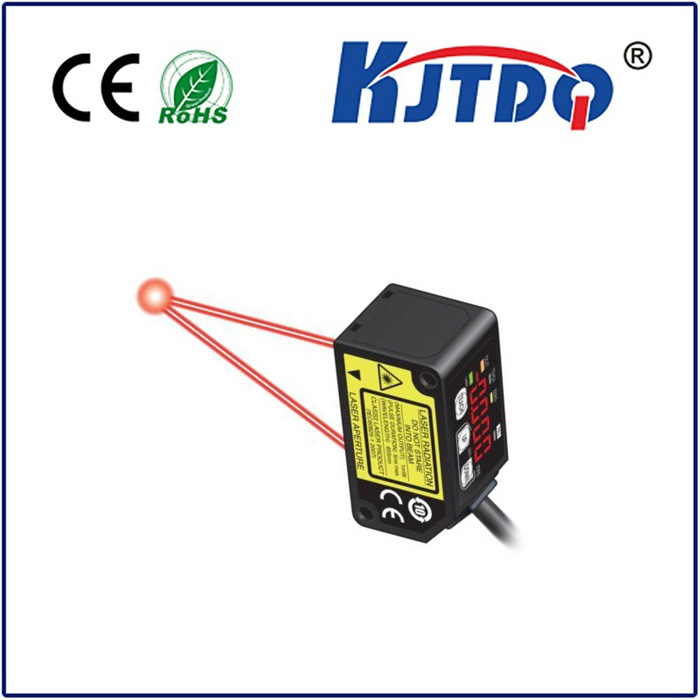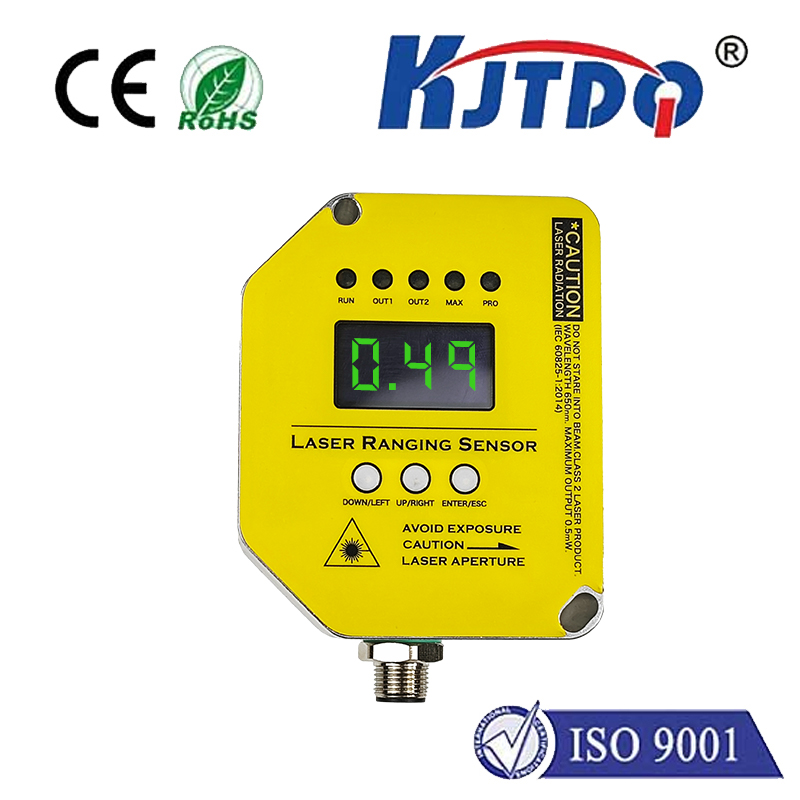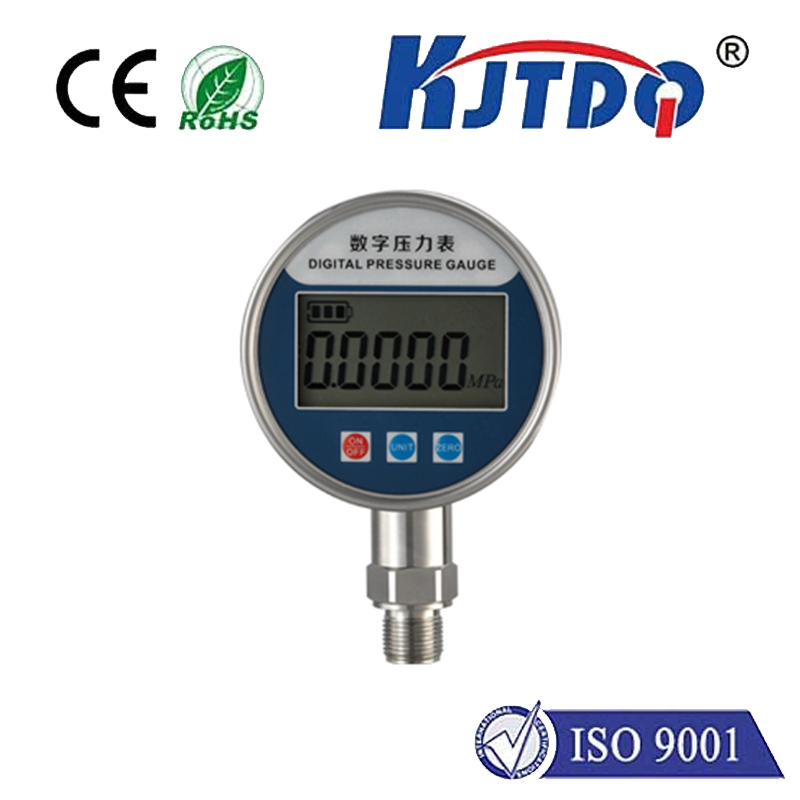E3FB-VN11 2M background suppression photoelectric sensor
- time:2025-10-09 11:04:09
- Нажмите:0
E3FB-VN11 2M Background Suppression Photoelectric Sensor: Precision Detection for Demanding Environments
In the bustling world of industrial automation, where milliseconds matter and accuracy is paramount, reliable object detection is the bedrock of countless processes. Yet, environments are rarely pristine. Variable backgrounds, colored targets, inconsistent surfaces, and ambient light can conspire to make standard sensors falter. This is where the E3FB-VN11 2M background suppression photoelectric sensor steps in, offering a sophisticated solution engineered for precision and resilience.
Unlike conventional diffuse photoelectric sensors that measure the total amount of reflected light, the magic of the E3FB-VN11 lies in its specific technology: background suppression (BGS). This advanced principle allows it to reliably detect objects at a predetermined distance while effectively ignoring anything beyond that point – the background. It achieves this by analyzing the angle of the reflected light beam rather than just its intensity. Light reflected from the target reaches the receiver at a different angle than light bouncing off the background. The sensor’s internal optics and electronics are finely tuned to discern this subtle difference, setting a precise switching point typically measured from the sensor face.

So, what does the “E3FB-VN11 2M” designation tell us?
- E3FB: This identifies the sensor family, typically indicating key characteristics like housing size, output configuration (often NPN or PNP transistor), and mounting style (small barrel design).
- VN11: Often specifies the specific sensing mode (here, Background Suppression Diffuse Reflective) and potentially the light source type (e.g., red light LED).
- 2M: Clearly denotes the maximum sensing range achievable under optimal conditions – in this case, 2 meters. This substantial range offers significant flexibility in installation.
The E3FB-VN11 excels in numerous demanding applications where standard sensors would struggle. Its core strength is its ability to provide stable detection regardless of the object’s reflectivity or color variations against complex backgrounds. Imagine:
- Detecting Transparent or Low-Contrast Objects: On a bottling line, a clear glass bottle might be invisible to a standard diffuse sensor if the background is also light. The E3FB-VN11’s precise background suppression ignores the conveyor belt (the background) beyond its set point, reliably detecting the bottle itself based on its specific position.
- Ignoring Distant Background Structures: In packaging machinery, detecting a box on a pallet, even if there’s another pallet or a wall several feet behind it. The 2M background suppression capability ensures the sensor only triggers for the target box at the expected distance.
- Handling Shiny or Reflective Backgrounds: When detecting components on a stainless steel conveyor. The sensor can be set to focus solely on the objects sitting on the belt, ignoring the reflections from the belt surface itself.
- Ensuring Accurate Positioning: In assembly lines, verifying the precise placement of parts within a fixture. The BGS mode guarantees detection at the exact required distance, preventing false triggers from objects slightly too far away.
Key features that enable this robust performance include:
- Consistent Switching: Background suppression delivers highly reliable signals, minimizing false positives or negatives caused by background changes.
- Red Light LED: The visible red light beam facilitates precise alignment and troubleshooting during setup.
- Compact Design: The small barrel form factor allows for easy installation even in space-constrained locations.
- 2M Sensing Range: Offers significant installation flexibility for medium-range detection needs.
- Environmental Resilience: Typically features robust IP67-rated housing, protecting against dust ingress and water jets, making it suitable for harsh industrial environments.
- Potentiometer Adjustment: Allows on-site fine-tuning of the sensing range and sensitivity to perfectly match the application requirements.
Implementing the E3FB-VN11 effectively requires careful consideration:
- Proper Alignment: Precise alignment towards the target area is crucial for the background suppression principle to function optimally. Angled mounting is often possible and sometimes beneficial.
- Defining the Background: Clearly identify what constitutes the “background” that needs to be suppressed. The sensor needs a background beyond the target distance to work against.
- Setting the Sensing Point: Use the integrated potentiometer to establish the exact detection distance. Reference data sheets and perform testing under actual conditions. The 2M range provides a wide adjustment window.
- Background Characteristics: While highly effective, extremely dark backgrounds close to the sensor might absorb too much light, potentially requiring sensitivity adjustment. Bright reflective backgrounds near the set point can sometimes cause interference if not properly accounted for during setup.
For applications demanding pinpoint accuracy and immunity to background variations within its 2-meter operational envelope, the E3FB-VN11 background suppression photoelectric sensor is an indispensable tool. Its ability to focus detection solely on targets at a specified distance, ignoring distractions beyond, unlocks greater reliability, efficiency, and quality control in automated systems. When the challenge involves colored objects, transparent materials, or inconsistent surfaces against complex backdrops, the precision of background suppression embodied in the E3FB-VN11 provides a clear technological advantage.

